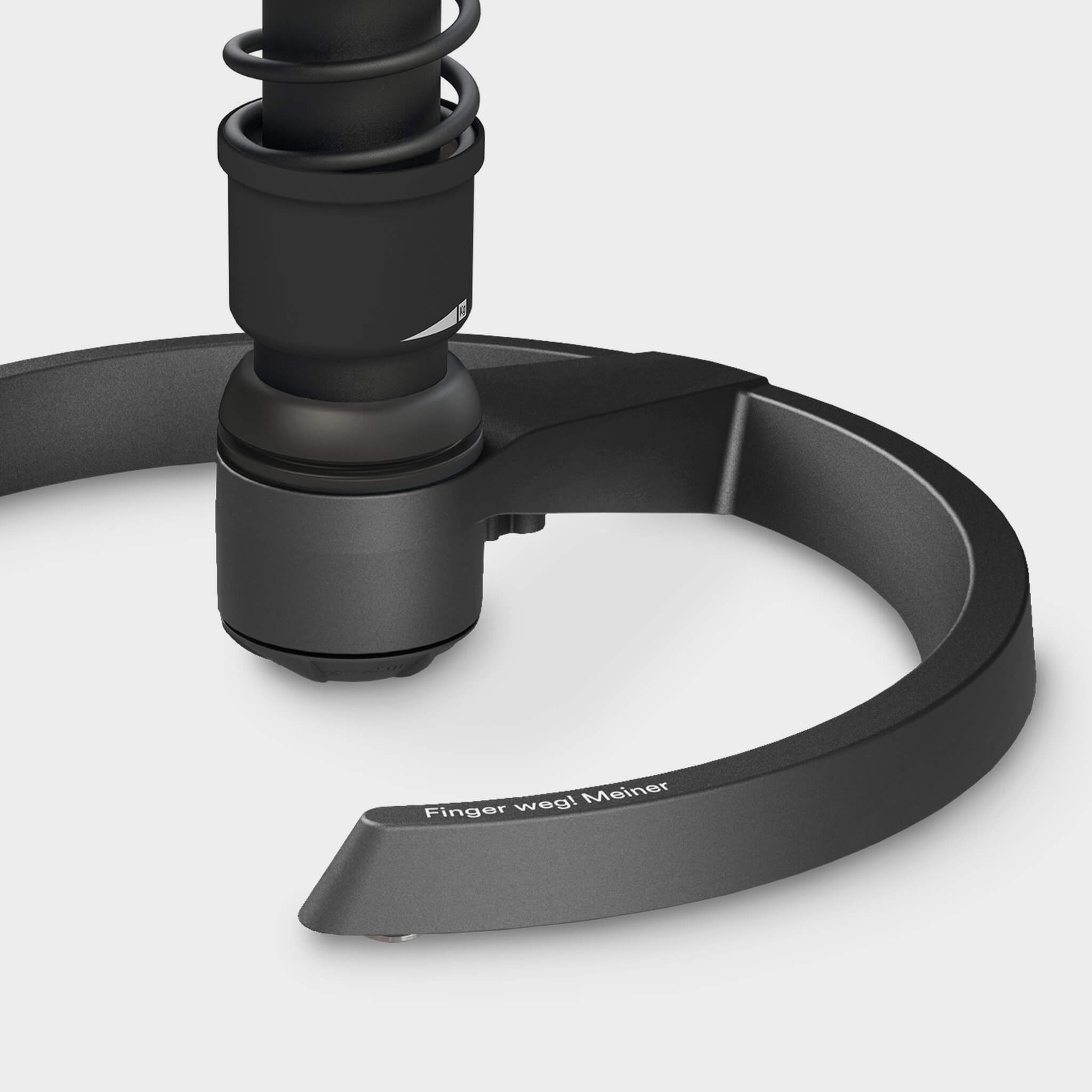As early as 25 years ago, Aeris brought movement to sitting through the development of high-tech movement technology, thereby revolutionizing the working world. But modern health standards are still lacking, especially in the home office. This is why a rethink is needed, especially when it comes to the topic of "New Work".
Is what we have achieved so far at Aeris a reason to rejoice? For Aeris and everyone who uses a Aeris product: Yes. But what is the "movement situation" in offices and home offices like in general? Is there less back pain? Are there fewer diseases of civilisation? Is there more movement in everyday life? Unfortunately no. On the contrary.
That is why a rethink is urgently needed on the topic of "New Work". Increasing digitalisation is rapidly and fundamentally changing the world of work. Many activities have become location-independent. Working in a home office has become the norm for many. However, this leads to even less movement in everyday life.
Health standards are lacking in the home office
In the home office - in contrast to the classic office - nothing is regulated in terms of health. The technical equipment is mostly ok, but the human equipment is very often inadequate. Our large Aeris home office study has shown:
- 64 per cent of employees complain about health problems caused by working in a home office.
- For 54 per cent of those surveyed, the office furniture in the home office is significantly worse than in the company.
- More than one in three take fewer breaks or eat on the side.
- Many employees organise their working day in their own four walls much differently than in the office. The result: less movement in between and more time in front of the computer overall.
The negative effects of too little exercise in the home office become apparent after only a few months.
"
Josef Glöckl
Managing Director Aeris GmbH
Aeris CEO Josef Glöckl warns: "Those who managed at least 2 - 3,000 steps of the recommended 10,000 per day before Corona, often only manage less than 1,000 steps with a home office. For example, the walk to the car or bus, the way to the office, to colleagues, to the canteen and many more are missing. What is really frightening is that the negative effects of too little exercise in the home office are clear and become apparent after just a few months. And he warns that the long-term effects will be unaffordable for each individual, but also for our health and pension system in the long run.

Aeris Managing Director Josef Glöckl warns of the long-term consequences of lack of exercise. /small>
Employers must allow hybrid working between office and home office
So what is the solution for the future? Should everyone just go back to the office and give up the freedoms and individual advantages of the home office? Aeris says: No! Our approach to "New Work" - hybrid working. A hybrid working model meshes all the advantages of the classic office with those of the home office and location-independent working. This makes it possible to better reconcile job and family, to organise work individually and to be significantly more creative. It also makes ecological sense: commuter traffic is reduced, thus saving Co2.
Ideal: better dovetailing between office and home office
According to Aeris , the solution lies in this better dovetailing of home office and office work. Because the stationary office also has a great added value compared to working on the road or at home. It offers space for communication, promotes social interaction, strengthens the sense of belonging among the workforce, creates identity and stimulates creativity. All important factors for well-being and performance. You only get this kind of exchange with each other in the office.

A hybrid working model enables a better balance between job and family. /small>
The focus is on individualised workplace solutions. Everywhere.
According to Patrick Wurm, Aeris Chief Growth Officer, we shouldn't ask ourselves "What does the office or home office of the future need to look like?" It is better that we ask: "What does each individual employee need to stay physically and mentally fit, motivated and productive?" A new set of rules is needed that is individually tailored to each person! With one goal: to achieve more physical and mental movement. For example, through movement-promoting active chairs and individualisable movement concepts.
To make the lack of movement clear, is shaking up Aeris with a Europe-wide brand campaign. With this campaign in a new language and design style, we are standing up even more aggressively for our vision of a life in motion and for the compatibility of lifestyle, ergonomics and health.
"Only companies that manage to keep their employees physically and mentally active, and thus healthy and motivated, will remain competitive in the long run," says Josef Glöckl, head of Aeris , confidently. And he adds: "At Aeris , all employees use our active products right from the start, which automatically promote both. I think that's a nice proof - and makes me very optimistic for the future."
